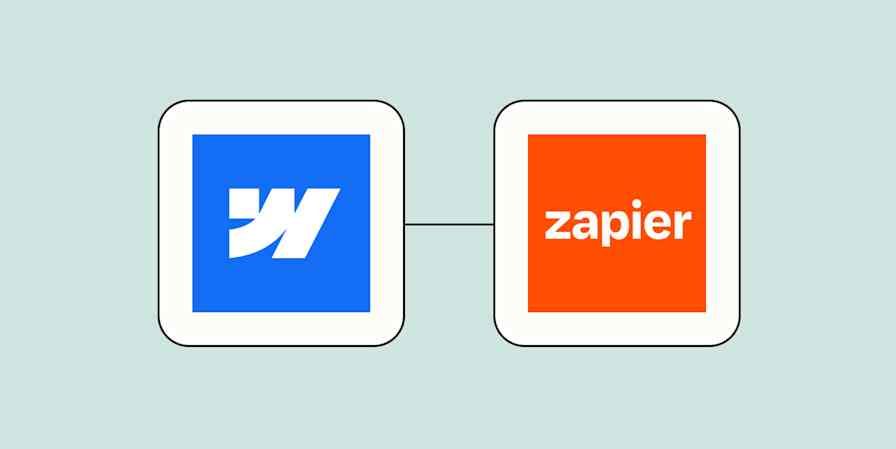Have you ever taken a selfie in the bathroom mirror? I have.
You're looking at yourself in the mirror because you want an accurate reflection (I guess?), but you can't really see yourself. Literally, because your camera is in the way, but also figuratively: you're seeing yourself through your own eyes, which is not an unbiased look.
It's a much different experience when someone else takes a photo of you, especially someone who knows you well. If they snap you doing something you love—something you're fully immersed in, to the point that you don't even know they're taking the photo—that's even better.

Why am I talking about awkward selfies in contrast with forest photogs? Because I want to tell you this: customer testimonial videos are like your friend's photo of you. For your business.
Why you need customer testimonial videos
There are obvious benefits to customer testimonial videos for marketing purposes, but there's also a semi-hidden business benefit. When you and your team see yourselves through the eyes of your happy customers, you want to live up to those things. That's the Pygmalion effect.
And it has a tremendously positive effect on your company culture. We had a recent client share their customer testimonial videos at an all-hands meeting and learned how much it meant to their engineers to hear customers praise their fast API. (A lot.)
For sales and marketing purposes, you may already have written testimonials, which is awesome. Keep those. Add video. Here's why:
Video testimonials establish trust in ways written testimonials can't: facial expressions, tone of voice, genuine enthusiasm—you have a chance for sincerity to really shine through.
Your prospects experience what I'll call the "like me" effect. They see someone like them talking about how happy they are with you and your work. And that sends a signal immediately: you can solve a problem that people like them have.
I won't say video can't lie, but videos are harder to fake than writing, and the very fact that you have a customer testimonial video conveys a sense of trust. Having a customer "testify" for you with their whole self on video has more impact than a few written sentences.
Tips on asking your customers for a testimonial video
We all fear rejection. And it may feel like high stakes to ask a customer to speak highly of you. What if they don't want to? Does that mean they don't like your work? Or worse, they don't like you? But realistically, you know when your customers are happy with you. And it's likely that even if they have trepidation about appearing on camera, they'll get over those fears to help you out. In most cases, you'll learn that they're actually over-the-moon happy with you.
There are a couple different strategic approaches to asking, depending on the type of relationship you have with your customer.
Self-recorded testimonials (customer self-records and submits)
This is a great way to ask if you have a lot of customers who don't exactly know your team personally but are loyal to your brand. For example, monthly SaaS subscribers, customers who love your dog collars, people who won't go anywhere else for their haircare products.
A fun way to ask for a self-recorded testimonial is to play it as a contest. "Submit your 30-second video telling us why you love us, and we'll feature you on our social page and enter you to win [something they want]!" This works especially well if you have an engaged community on social media.
Testimonials where you interview your customers
This is a good approach if you have a strong one-on-one relationship with your customers. Say you're a lawyer, a financial advisor, or an enterprise account executive for payment processing. You know each other and have probably met each other's dogs on Zoom by now. If you already have written testimonials, a great place to start with video is going back to those people to see if they would be willing to expand on their written endorsement in video. Make it fun and relaxed. You can film it on your phone, in person, or online (we use riverside.fm).
Ask questions like:
What were your first thoughts when you heard I could help you with… [be specific but not invasive, for example: customer acquisition]?
How is your life/company better because of the work I do for you?
What would you say to someone considering trying out my service?
I'm a big DIY advocate, which is why I suggest doing this yourself. But there are some definite drawbacks. Just like it's hard to take a mirror selfie, it's hard to talk about people who are in the room (for some reason, it's easier to say nice things about people when they aren't around). So, if you have the budget to hire a production company to do this for you—either remotely or in person—it can make for a more authentic video.
Just be sure you trust them to take care of your customers. Here are some questions you can ask them to be sure you're on the same page.
How much time and preparation will you require from my clients? (Best answer: minimal and no preparation.)
How far in advance will I be able to review and give input on your interview questions? (Best answer: How long do you need to review? I'll make sure it's within that time frame.)
What's the best way to ask my clients to do this? (Best answer: Here's a template to get you started, and please feel free to introduce us directly so I can handle scheduling and answer their questions.)
If you're ready to get started, here's a resource I created with email templates that provide specific language to help you ask for a video testimonial.
To script or not to script?
I advocate exclusively for unscripted testimonial videos.
There's a very slim chance your customers are professional actors, and it's really hard for non-actors to convincingly read a script. At no fault of their own, their underdeveloped acting skills will also undermine the trust you're trying so hard to build with your customer testimonial.
So let your clients speak freely. Assure them they can't say anything wrong in the moment (and edit out anything later that makes them sound less than stellar). We cut out a ton of ums, uhs, and mispronounced words in videos for our clients.
What should a video testimonial be like?
As a professional video producer, I'm here to tell you that you don't necessarily need a video of professional quality.
Yes, please do better than my mirror selfie. But as long as you have high enough quality sound and image, the technical aspects of video-producing are secondary to the more important element: storytelling. And the key to storytelling is change—the change your company can offer your client.
It may be helpful to think about leading your clients to communicate a story of change in a few different ways. The statements below are generic to illustrate a concept. But by getting your clients to speak specifically with details unique to their experience, your customer testimonial video messages become powerful tools.
The story will go something like this:
"I was there, and now I'm here."
"Without this, I would be that."
"Compared to the alternatives, this is so much better."
"I was worried about this, but because of your help, the process (or outcome) was much better than expected."
"I couldn't have even imagined things being this good."
As you watch the customer testimonial video examples that follow, think about the story of change being told in each.
In-person testimonials
When you have an especially notable or industry-famous client, bringing out a crew for an in-person production may be the best way to convey your story. If you do a montage (as in the second example), I recommend using the same type of footage (all in-person or all remotely recorded) for a unified look and feel.
Remotely recorded testimonials
In some cases, a lack of super slick polish can actually work to your favor in establishing authenticity and trust from our customer testimonials. These remotely recorded testimonials lean into that look and feel.
If you do go the DIY route, follow these best practice tips for how to DIY your business videos.
5 ways to use your testimonials effectively
Once you have a piece of video content, use it. A lot. Your customer video testimonial videos make great additions to any of your channels.
Case studies. If you already have a great case study on your website, a video makes it even greater. Here's an example of one our clients integrating a customer testimonial into their case study (the page has a GIF; click "Watch the video Q&A here" for the video). To develop the interview questions for this video, I led Mike to reiterate some of the key points in the case study to emphasize them. But this video isn't just a repeat of the written content in a different format—it's an expansion.
Email campaigns. Adding customer testimonials to your email campaigns and newsletters is a great way (and great reason!) to keep in touch with your customers. Always focus on helping them solve their problems.
Email footers. A link with a concise message can do the trick. Take the opportunity to use language that inspires curiosity to motivate the click. Try something like: "See why this client loved working with us!" or "Why did this successful startup CEO hire us?" or "How do our clients feel about our process?"
Internal online library for sales. A library of customer testimonials is an amazing tool for salespeople. Have a variety of videos, so they can choose specific videos for specific prospects (and especially to overcome specific objections). This is especially important if you serve several niche industries or solve different types of problems for your clients.
Team morale and recruiting new hires. Research shows that a simple thank you goes a long way to motivate employees. A boost to team morale from customers can be huge. Customer testimonials can also help you in recruiting new staff: showcase the fact that they'll be working for a company made up of colleagues who delight their customers and prioritize making a good impression on people.
Make sure you get proper permission
Finally, follow the rules. While the process is worthwhile, there's a lot of thought and effort that goes into putting together great customer testimonial videos. Make sure you're adhering to some basic guidelines.
Get written permission from customers. Always make sure you get permission in writing instead of leaning on implied consent by appearing on camera. It's just a good idea to have a legal contract: we use a simple one-page document that can be digitally signed.
Follow FTC rules. If you're showing actual clients and encouraging your clients to be honest, you're on the right track. But there are some specific guidelines that may surprise you. It's a good idea to be familiar with the Federal Trade Commission (FTC) rules outlined in this document.
If you talk about how great you are, it ends up feeling like a mirror selfie. Your customers conveying their experience with enthusiasm and joy is your friend's photo. Skip the mirror selfie—I promise.
A previous version of this article was published by Victor Blasco.








